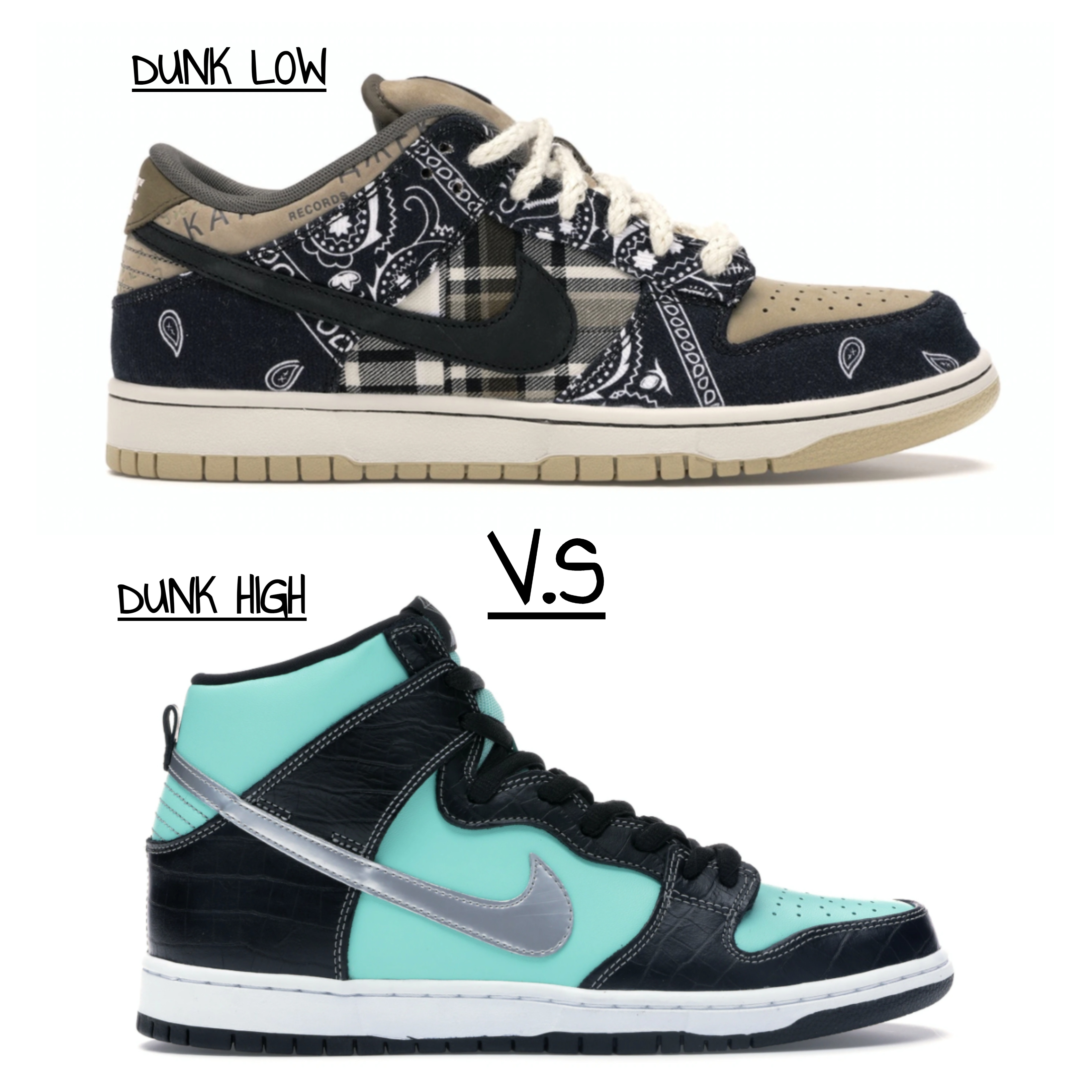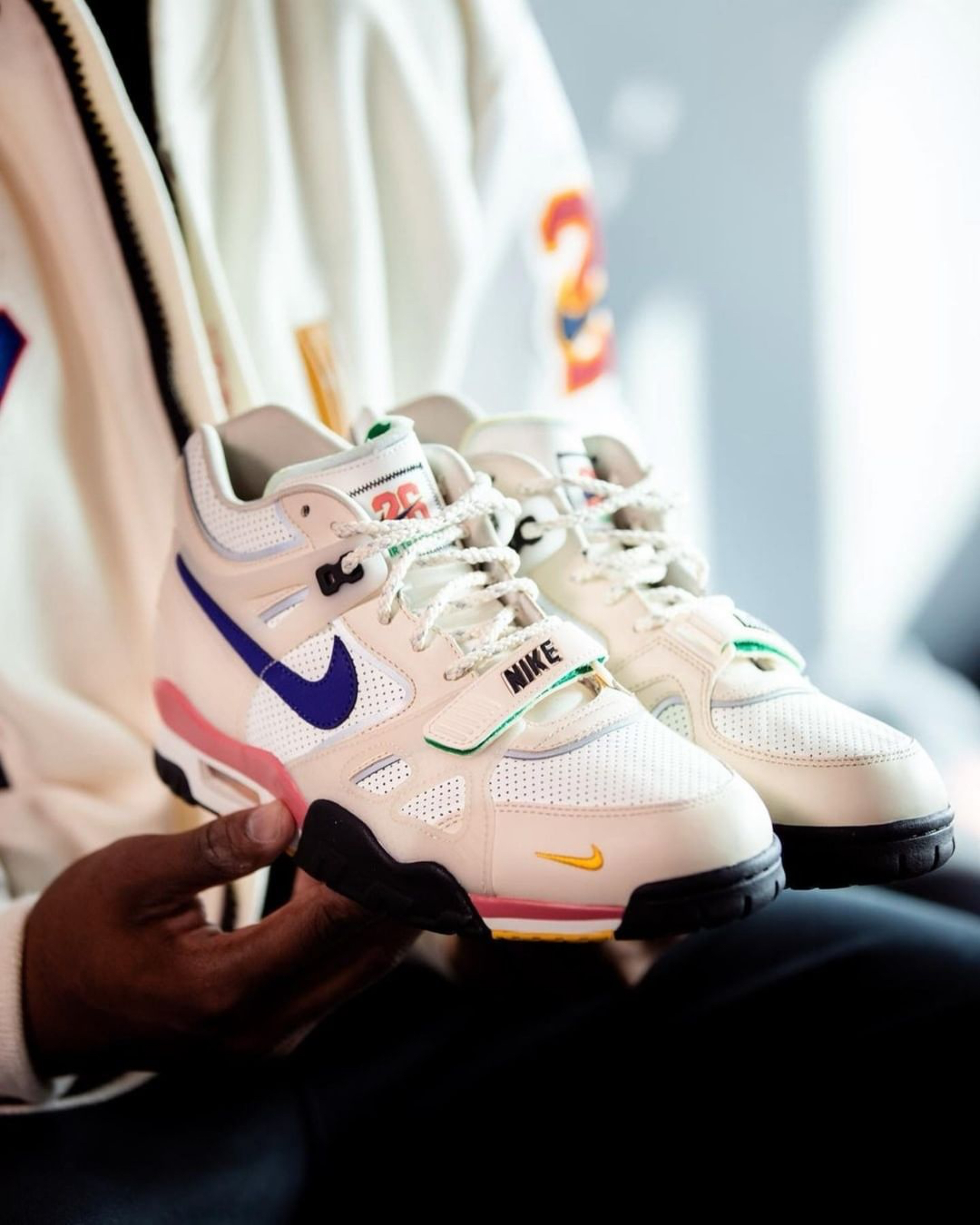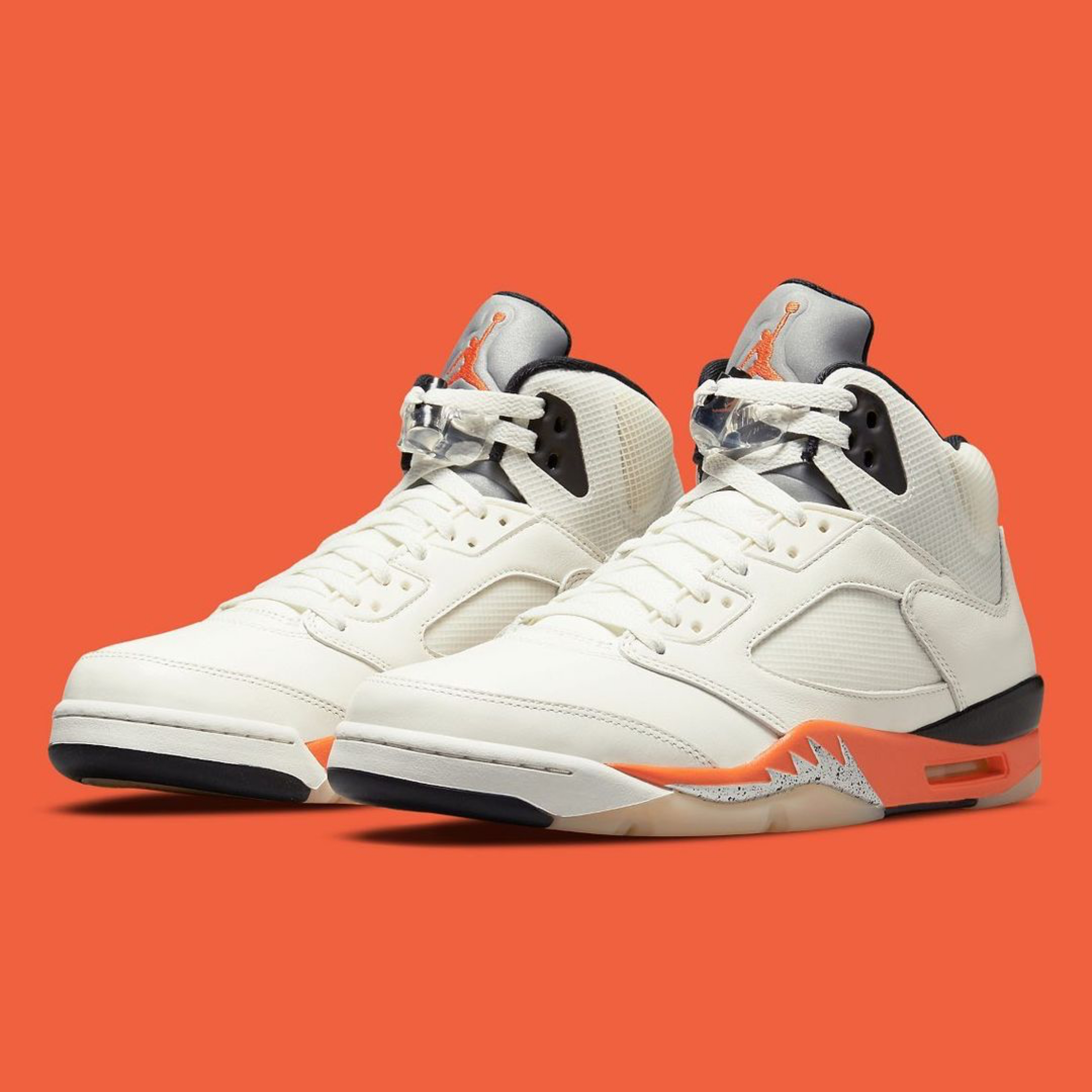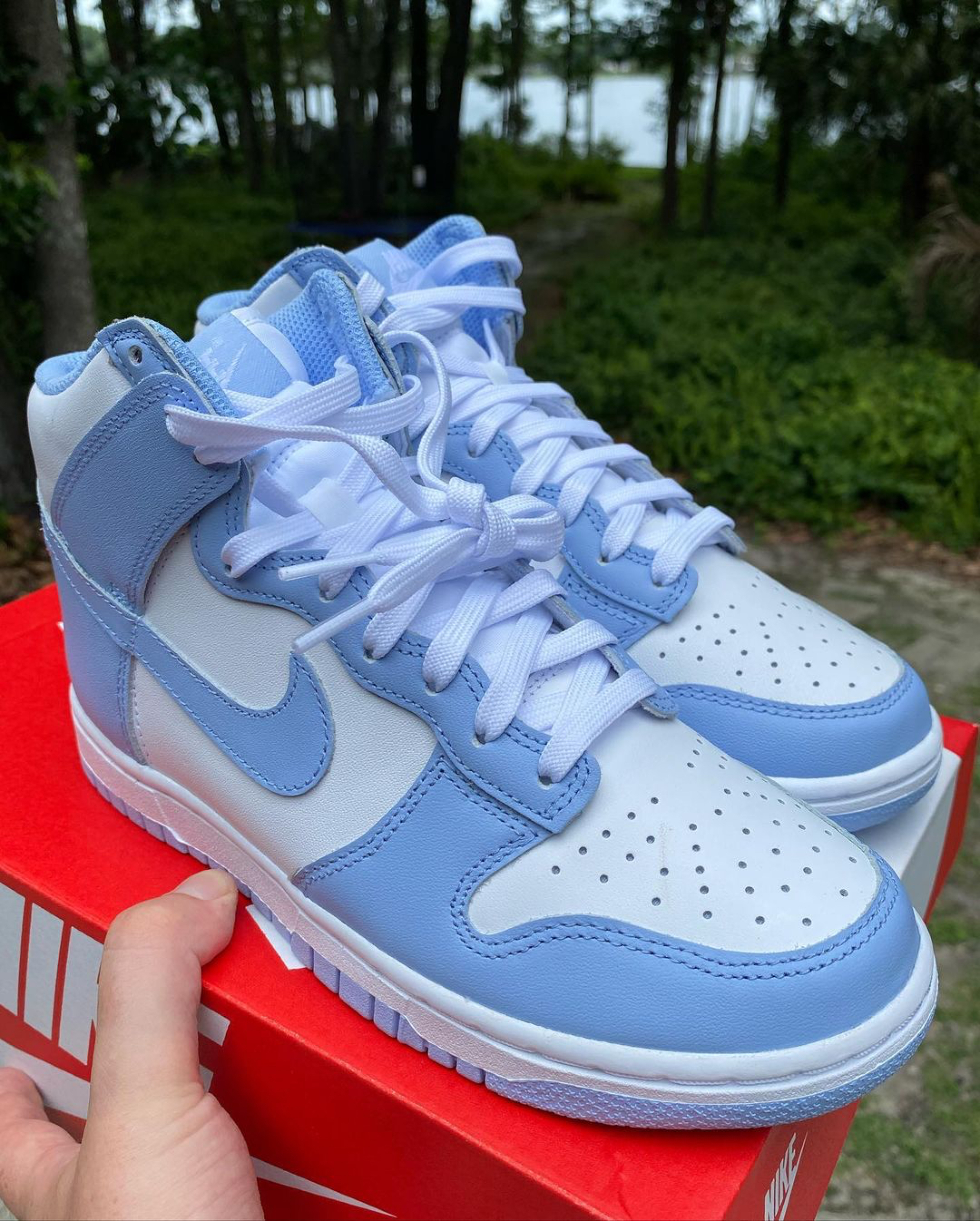
Nike SB Dunks low vs highs and what you need to know
- by Chazz Demaria
- April 5, 2021
The Nike Dunk is a focal point of not only sneaker culture but men’s fashion at large. From skateboarding streetwear and Runway appearances the Nike Dunk made its popular debut in 1985 after the Jordan 1. The dunk was never intended as a flagship model but instead a college-centric basketball shoe design for NCAA athletes and their respective fans. It was a chance to capitalize on the collegiate league’s growing appeal. In 2020 the Nike Dunk is not only one of Nike’s most popular but also boasts collaborations with celebrities like Travis Scott and Off-White, and is a hypebeast must have. In order to understand the sneaker hype created by the Nike Dunks over the years, take a look at the riots that took place in New York over the infamous “Pigeon” SB dunk lows that are now selling today for over 30 grand.
In 2002 Nike took a spin on the dunks and came out with a skateboarding division for their sister shoe, the Nike SB dunk ( low and high). Not only would this brand collaborate with Supreme for the first offerings of skate specific dunks but they would also be adopted by more than just people who skated.
Not to be confused with the Nike low dunks the Nike SB Dunks ( SB meaning Skateboarding) have a plush cushion around the ankle and tongue for skating support while the regular Nike dunks are not as cushioned and made more for activity like basketball. If you do need more support around the ankle you’ll probably wear a high top. The Nike dunk SB low has an air unit in the heel unlike the regular dunk low which makes for a super comfy step that’s meant to be worn all day.
The major difference between the two types of shoes is, obviously, the ankle collar height and that the high tops are usually a bit heavier. The most important difference is that high tops are made more for big men, whereas low tops are more guard-oriented shoes. There are some exceptions, but you should always stick to this formula.
To break it down even more, let’s dive straight into the pluses and minuses of both lows and highs.
LOW TOPS
Lows are more responsive, light, loose, and flexible. This results in a package for guards and skateboarders. Low tops make sure there are minimal restrictions when moving, since that’s what a guard/ skateboarder needs.

+PROS
- -Responsive and lightweight cushioning
- -Flexibility and no foot restrictions
- -More general control of movements
- -Huge market selection
-CONS
- -Cushioning is usually sturdy
- -Minimal impact protection
- -Usually less durable because of loose/soft materials
- -No ankle lock-in
HIGH TOPS
High tops are pretty much the opposite. Because they are focused more for a big guy, the result is more support, containment, restrictions and, very importantly, softer cushioning with greater impact protection. Big men are a lot heavier, so they put a big amount of stress to their ankles, knees, back and more. The myth is that low tops are unsupportive but you can still hurt yourself just as bad while wearing high tops.

+PROS
- -Ankle lock-in
- -Soft & bouncy cushioning with good impact protection
- -Usually more durable
–CONS
- -Movement restrictions due to materials and ankle collar
- -Reasonably heavy
- -Relatively small market selection
VIEW MORE NIKE SB RELATED CONTENT HERE
__________________________________
Check here for additional upcoming sneaker release dates.
__________________________________


